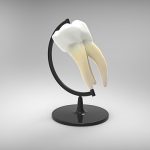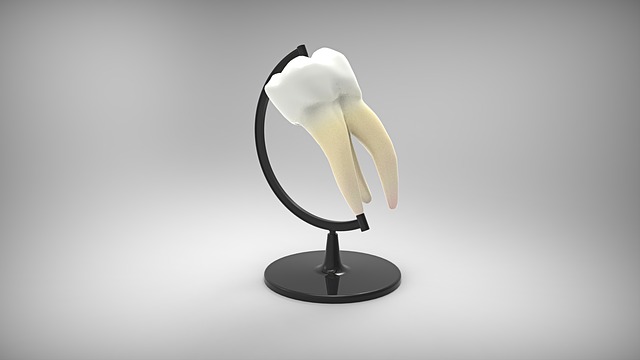The US Stands Alone in Its Obsession with Teeth Aesthetics
Like so many fashion trends, Americans can thank Hollywood for our collective obsession with perfect-looking teeth.
To meet the beauty standard, you have to have straight, white chompers. And that’s why 4 million Americans – 25 percent of whom are adults – are currently sporting orthodontia. We see perfect teeth as a sign of good health.

If you want to understand why that is, you’ll have to go back to before World War II, when cosmetic dentistry was still young.
The First Orthodontia Training
Extractions, dentures, and filing down teeth are techniques for improving a less-than-perfect smile and have been around for several centuries. But thank St. Louis dentist Edward H. Angle for creating the first modern orthodontic training with his “malocclusion” classifications – still in use today.
And after World War II, graduate programs in orthodontics were in high demand as Americans saw perfect teeth as a medical necessity. More and more people flocked to dental school to learn how to create beautiful smiles in mouths not previously blessed with them.
Charles Pincus, Dentist to the Stars
Before and immediately after World War II, Charles Pincus was responsible for popularizing caps for movie stars whose teeth were looking a little worse-for-wear, including Judy Garland, James Dean, and Shirley Temple, who was actively losing her baby teeth at the height of her stardom.
Even Walt Disney, Bob Hope, and Joan Crawford came to Pincus for the veneers he crafted from plastic and porcelain, which stars could wear for a few days before they needed replacing. But this solution wasn’t scalable until the early 1980s.
John Calamia and Long-Wearing Veneers
In 1983, John Calamia invented the contemporary, etched porcelain veneer technique, which could keep the veneers in place for years. This was much more desirable than the old Pincus method, which required repeated visits to the dentist to maintain a perfectly straight, brilliantly white smile.
The convenience of Calamia’s veneers made it easier for Americans to get straight smiles without having to undergo years of orthodontic treatment.
Almost as Popular as Make-Up
Today, cosmetic dentistry is the second-largest nonsurgical beauty industry, with only makeup ahead of it in the financials. Included in this count is teeth whitening, which banks multiple billions of dollars each year, both inside dentist offices under blue LED lights and in big box stores with at-home kits and toothpastes that make big promises.
And straightening those whitened teeth is a high priority, too. Approximately 80 percent of American adolescents are in an orthodontist’s care, starting, on average, as early as age seven. Braces aren’t just for kids anymore, either. Adults account for about 25 percent of all orthodontics patients in North America. (Braces are even considered haute couture on some of fashion’s biggest runways.)
Culturally Ingrained
People are embarrassed of their crooked teeth, and perceive people with straight teeth as being smarter and more attractive. In fact, a 2012 study showed that 38 percent of Americans would deny a second date to someone with crooked teeth.
The big question now is, “Is this a problem?”
The answer is, “Only if you let it be.”
Paying for Cosmetic Procedures
Like plastic surgery and other elective, beautifying procedures, cosmetic dentistry is generally not covered by insurance. This means millions of Americans are paying out of pocket for these services every year.
The cost of the dental procedures you’re interested in may play a big role in whether you decide to go through with it – and many cosmetic dentistry offices offer in-house financing with no or zero interest as long as you make monthly payments for your treatment. Only you can decide if this is financially feasible and responsible for you.
Choosing an Ethical Cosmetic Dentist
If you prefer yourself with straight, white teeth, and you’ve weighed the pros and cons of undergoing a cosmetic procedure in your dentist’s exam chair, then why should anyone tell you what to do?
As long as your dentist isn’t promoting unhealthy procedures that could cause long-term damage to your teeth and gums, it’s up to you whether you want to pursue a perfect smile through veneers, orthodontia, whitening, and other means.
Finding an ethical cosmetic dentist requires you to ask the right questions as you shop around, the main one being, “How will this cosmetic procedure affect my overall health, including the health of my natural teeth?” Ask follow up questions and compare notes from other dentist visits until you’re satisfied with the response.











Add Comment